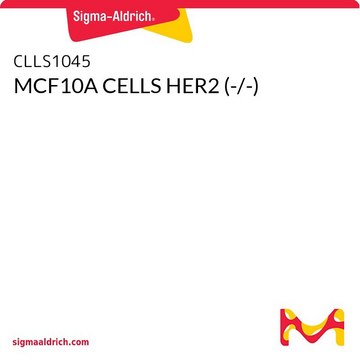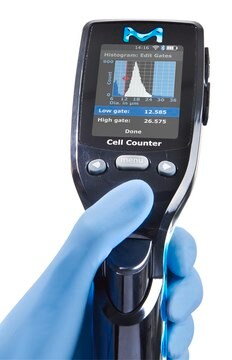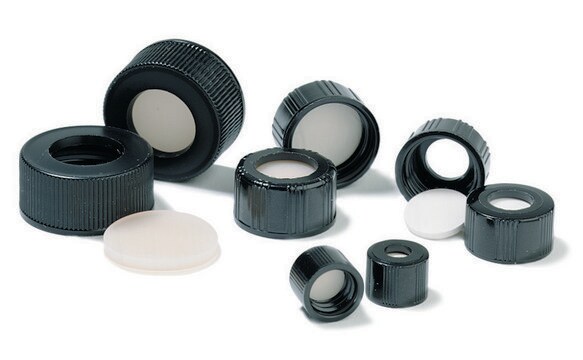CLLS1042
MCF10A CELLS CDH1 (-/-)
human female mammary glands (Source Disease: Fibrocystic Disease)
About This Item
Recommended Products
Product Name
MCF10A CELLS CDH1 (-/-),
biological source
human female mammary glands (Source Disease: Fibrocystic Disease)
OMIM accession no.
storage temp.
−196°C
Gene Information
human ... CDH1(1105)
General description
Application
Features and Benefits
Quality
Disclaimer
Kit Components Only
- MCF10A CELLS CDH1 (-/-) 1 vial
Storage Class Code
10 - Combustible liquids
WGK
WGK 3
Flash Point(F)
Not applicable
Flash Point(C)
Not applicable
Choose from one of the most recent versions:
Certificates of Analysis (COA)
It looks like we've run into a problem, but you can still download Certificates of Analysis from our Documents section.
If you need assistance, please contact Customer Support.
Already Own This Product?
Find documentation for the products that you have recently purchased in the Document Library.
Related Content
We have applied our revolutionary CompoZr Zinc Finger Nuclease technology to create an unparalleled range of genetically modified mammalian cell lines for use in areas, such as target validation, drug discovery and drug development.
Our team of scientists has experience in all areas of research including Life Science, Material Science, Chemical Synthesis, Chromatography, Analytical and many others.
Contact Technical Service








